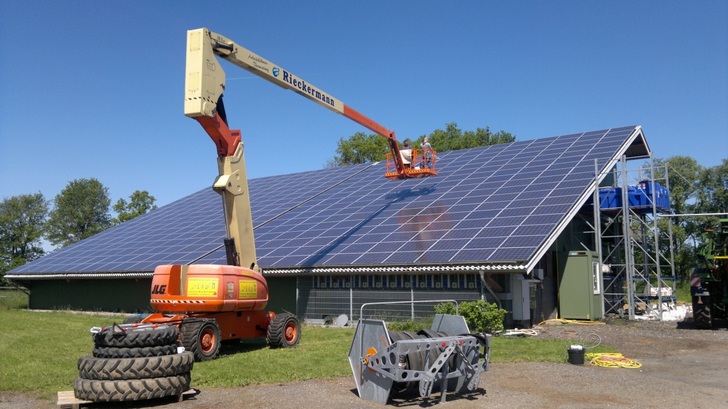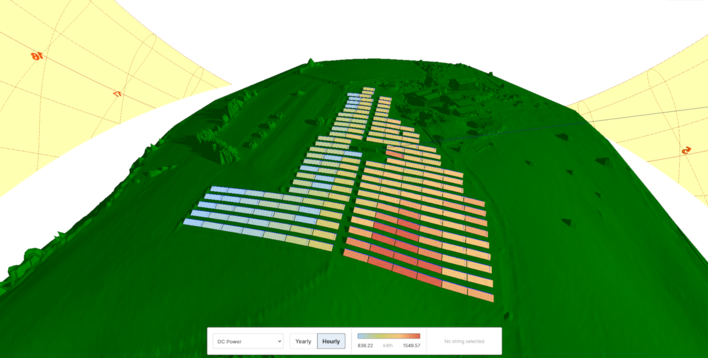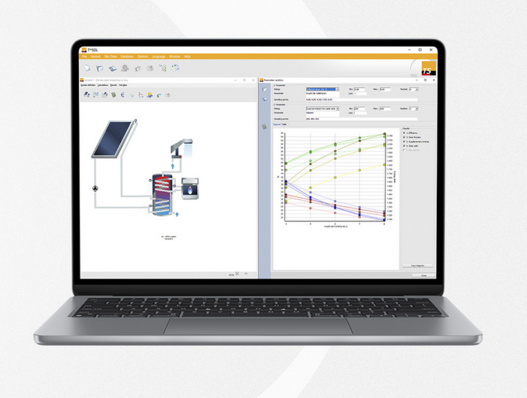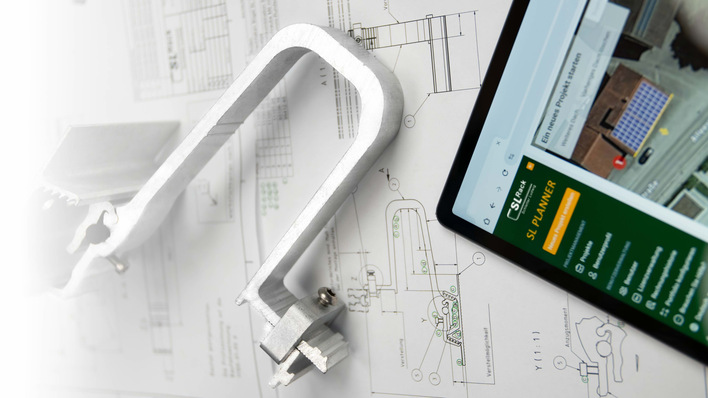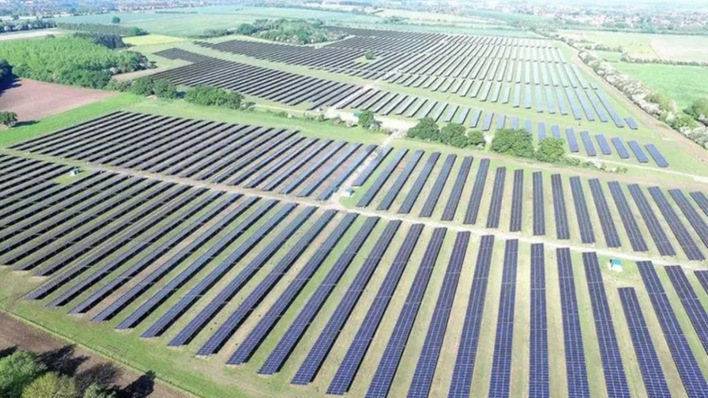But if there is a saw mill or a cowshed in the vicinity, it is possible that substantial amounts of dirt accumulate on the panels. This can come from fine dust (saw mill), which when it rains combines with the rainwater to become a slimy, sticky goo.
The dirt dries and heats up
This then dries and heats up further as the solar panels are in operation. Because the dirty parts are darker, they heat up even more then the panels would otherwise. Dust and dirt primarily accumulate along the edge of the panels’ frame – on pitched roofs, this is at the bottom.
Ammonia is a certain challenge
As a result of the emanations of pigs, cows or poultry, livestock farming releases a lot of ammonia, which combines with the dust in the air and settles on the solar panels as a thick, solid film. This in turn pretty much attracts airborne dust. Water alone will do little to get rid of it. Nearby production industry can also create lots of dirt, for instance dust from a foundry or emissions from power plant.
Draw up a cleaning schedule!
Depending on the nature and degree of the dirt, you should draw up a cleaning schedule, so that the solar generator is cleaned regularly.
Do not forget: Animal (bird, mouse, marten, racoon) excrements or nests count as dirt that gets detected in the course of an inspection. You should think about whether this can be avoided by putting up wire fences or other barriers. (HS)
Look at this, too:
Solar advice: Have an inspection every spring!
Stay informed, get our newsletter twice a week: Register here.
Find useful products for solar generation here.
Find useful products for solar energy storage here.
Find useful products for e-mobility here.


